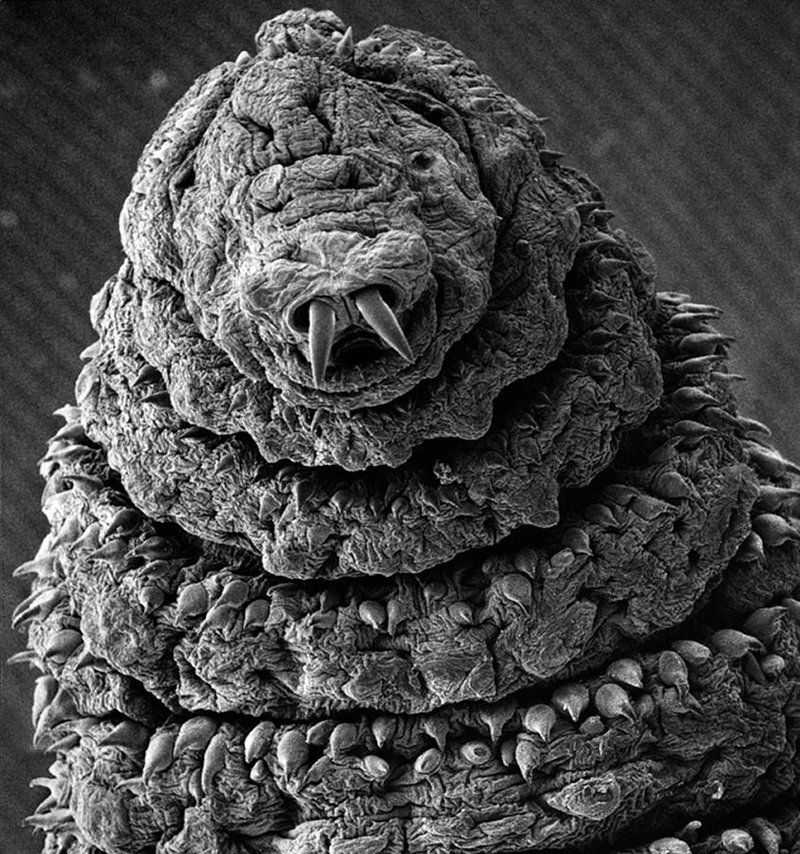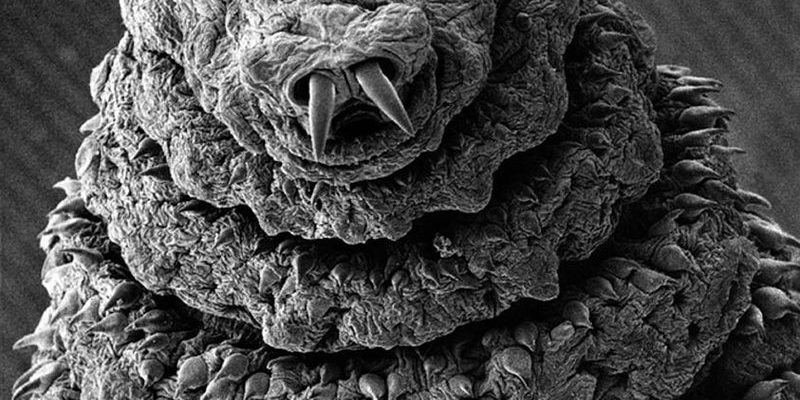
While botflies and their larvae might sound like something out of a horror movie, they play intricate roles in their environments. By examining research studies on botfly larvae, we not only understand their biology but also gain insights into how they affect local ecosystems. Let’s dive into these creepy-crawly wonders and explore what makes them so important — and maybe a bit misunderstood.
What Are Botfly Larvae?
Botfly larvae are the immature forms of botflies, which belong to the family Oestridae. These fascinating creatures, often referred to as “warble flies,” lay their eggs on the skin of mammals like cattle, dogs, and even humans. The larvae hatch and dig into the host’s skin, where they can grow for several weeks. Here’s the thing: while this may sound gross, it’s a natural part of their life cycle.
There are several species of botflies, including the common horse botfly and the human botfly. Each has its unique way of interacting with its host. For example, the human botfly tends to be more specialized in its selection of hosts. But regardless of the species, the common theme is that all botfly larvae have adapted to thrive within their host’s tissue, which can impact both the host and the environment.
These larvae help us understand the balance of nature. They serve as parasites, influencing the population dynamics of their host species. By studying these interactions, researchers can gain insights into broader ecological patterns.
The Lifecycle of Botfly Larvae
Understanding the lifecycle of botfly larvae sheds light on their ecological impact. It all starts when the female botfly lays her eggs on a host animal, or sometimes even on a fly. Once the eggs hatch, the tiny larvae enter the host’s skin. Here’s where it gets interesting: while inside, they form a breathing pore that allows them to get oxygen while also feeding on the host’s tissue.
During their time inside, they can cause various symptoms in the host, ranging from mild irritation to serious health issues. It’s a delicate dance; while the larvae need the host to survive, they also risk causing significant harm. This relationship can limit the host’s population if the botfly larvae become too numerous or spread diseases.
The larvae eventually mature and emerge from the host, falling to the ground to pupate. This cycle continues, impacting the host’s health and the overall ecosystem. The balance of these relationships is crucial in managing wildlife populations and maintaining ecological integrity.
Botfly Larvae and Their Ecosystem Roles
You might be wondering why we should care about botfly larvae and their roles in ecosystems. Well, they are actually significant players in the health of many environments. As parasites, they can control host populations by weakening individuals that are infected. This can lead to healthier and more robust populations over time.
Additionally, botflies contribute to nutrient cycling. When larvae feed on their host, they break down organic material, which is then returned to the ecosystem once they exit the host. This process enriches the soil and encourages new growth, which is essential for maintaining the health of plant communities.
Interestingly, botfly larvae also serve as a food source for other organisms. Birds and insects that feed on them help control botfly populations and keep the ecosystem balanced. So, while they may seem like a nuisance, they are indeed part of a larger web of life.
Research Studies on Botfly Impact
Research studies have explored botfly larvae’s effects on various host species and their ecosystems. One significant focus is on **livestock**, such as cattle, where botfly infestations can lead to decreased productivity and health issues. Studies often measure parameters like weight loss and feed efficiency in affected animals, helping farmers understand the economic impact of these parasites.
Another area of research examines **wildlife**, particularly in places with high biodiversity. Understanding how botfly larvae affect native species helps ecologists gauge their role in the population dynamics of different animals. It’s fascinating to see how intertwined these relationships are and how a single species can influence many others in its environment.
Moreover, studies are looking at **climate change** and its effects on botfly populations. As temperatures rise, the range of these flies may expand, affecting new host species and potentially disrupting established ecosystems. These findings can inform conservation efforts and highlight the importance of monitoring such changes.
Managing Botfly Infestations
If you or someone you know has had a run-in with botfly larvae, you’re likely wondering how to manage or prevent such infestations. For livestock, regular health checks and monitoring are essential. Implementing proper **hygiene practices** and keeping animals away from areas with known botfly populations can help reduce risk.
For pets, using preventative treatments can be useful in areas where botflies are common. This may include topical treatments or vet-recommended medications. Just as you would check yourself for ticks after a nature hike, keeping an eye out for signs of botfly larvae is equally important.
If you suspect an infestation, it’s best to consult a veterinarian or a livestock specialist. They can provide guidance tailored to the specific species and the severity of the infestation, ensuring the best outcomes for both the host and the environment.
The Importance of Education and Awareness
Understanding botfly larvae isn’t just for scientists and farmers; it’s important for everyone. Raising awareness about these creatures can lead to more informed decisions regarding wildlife management and conservation strategies. You might not think much about botflies on a daily basis, but they are essential in maintaining the balance of ecosystems.
Educational programs that focus on parasitic relationships, like those between botflies and their hosts, can foster a deeper appreciation for biodiversity. Schools and communities can encourage discussions about these often-misunderstood organisms, linking them to broader ecological concepts and conservation efforts.
Let’s not forget the role individuals can play in preserving ecosystems. By supporting conservation initiatives that protect animals susceptible to botfly infestations, we can help ensure that these complex relationships continue to thrive for generations to come.
Botfly larvae might not be the most charming creatures in nature, but their roles in ecosystems are invaluable. From regulating host populations to contributing to nutrient cycling, they remind us that every species, no matter how small or seemingly unpleasant, plays a part in the grand tapestry of life.
The research surrounding botfly larvae and their ecosystem roles is just beginning to scratch the surface. As we continue to explore these connections, it’s clear that understanding and respecting all creatures is vital to preserving our planet. So next time you hear about botflies, remember: behind their creepy exterior lies a complex world that deserves our attention and care.

